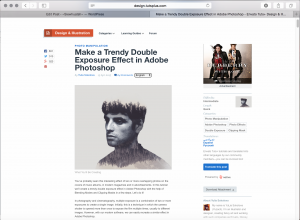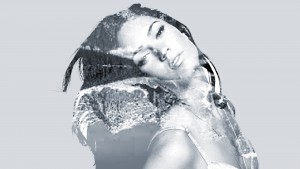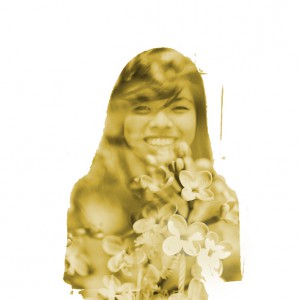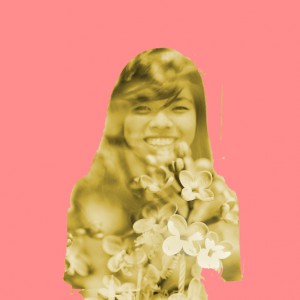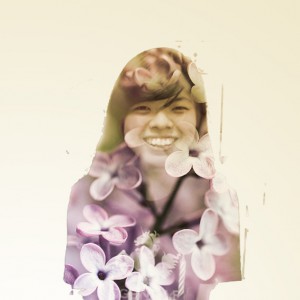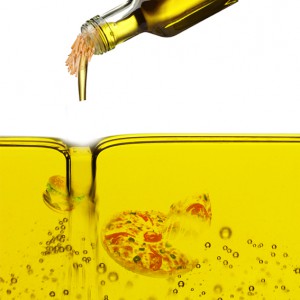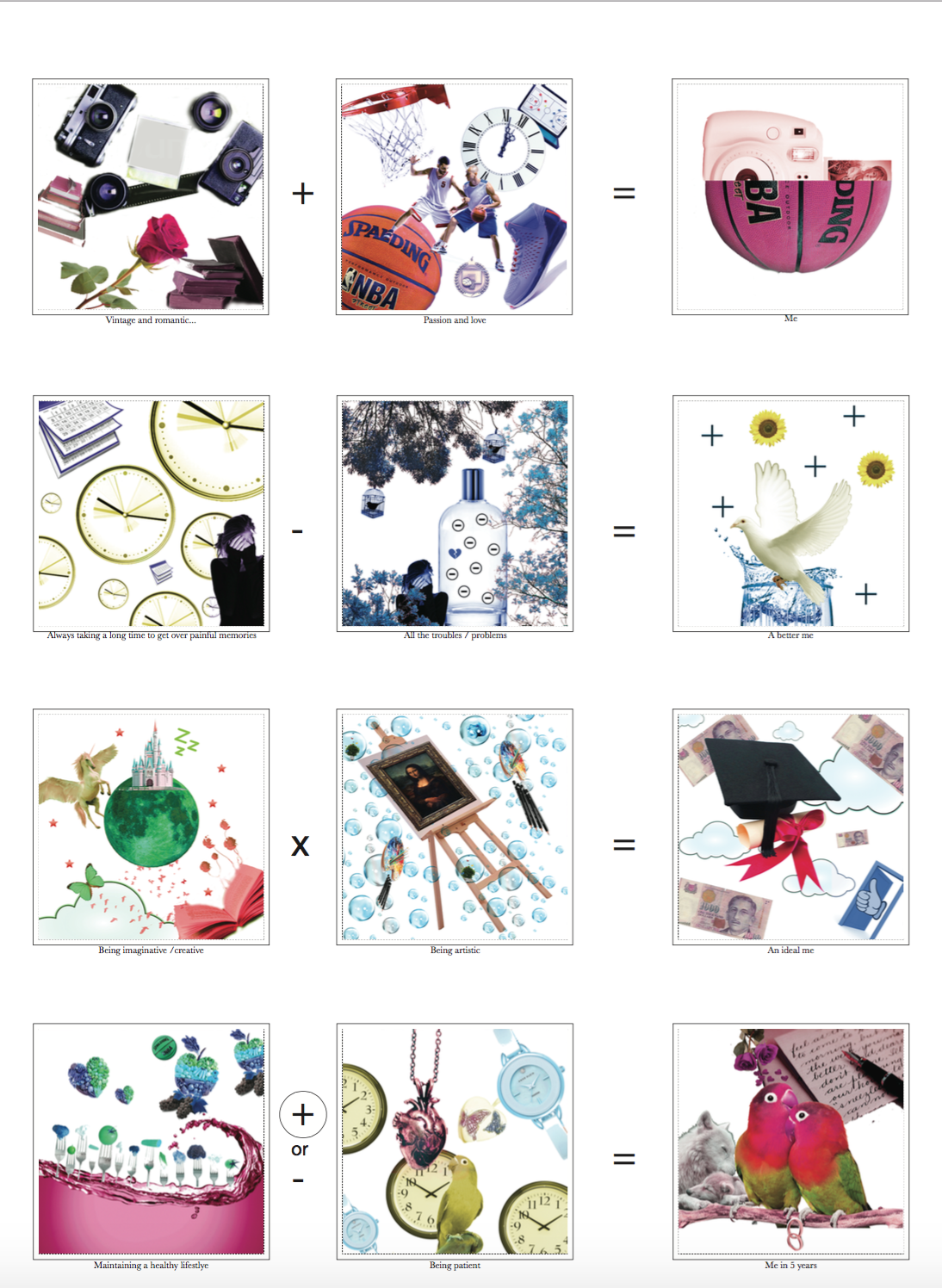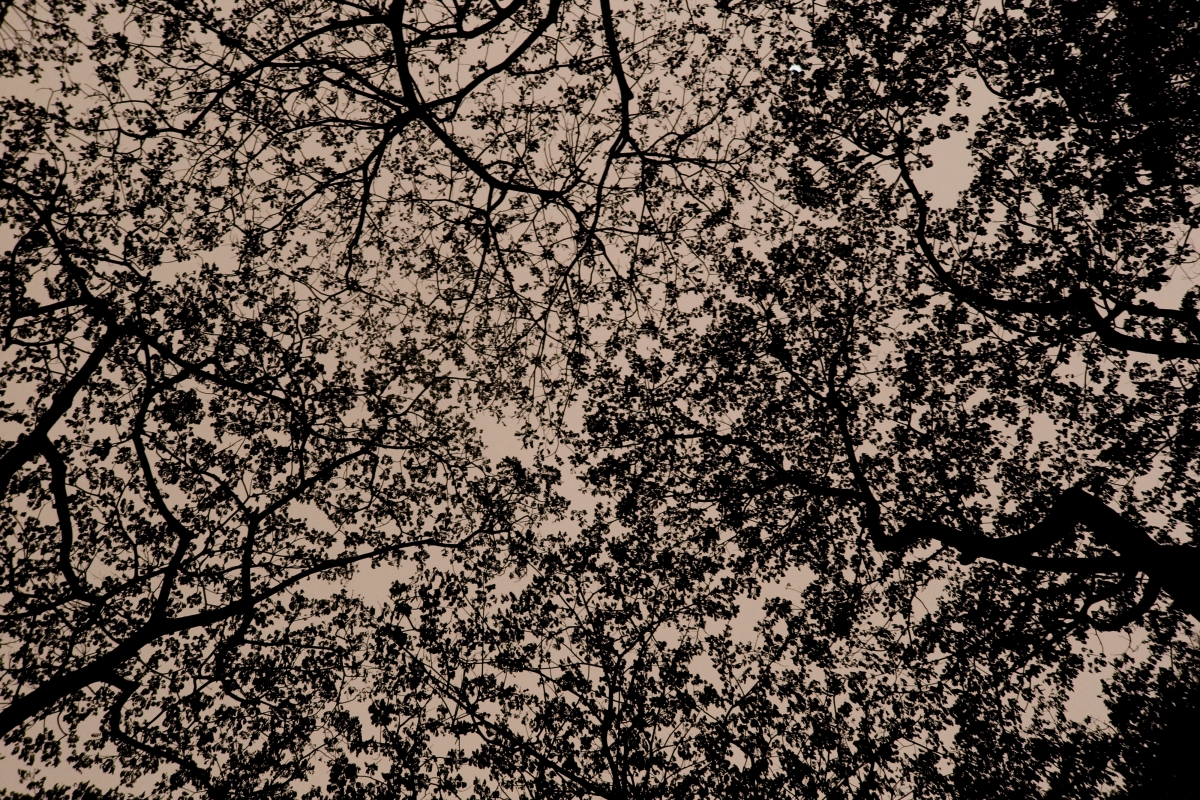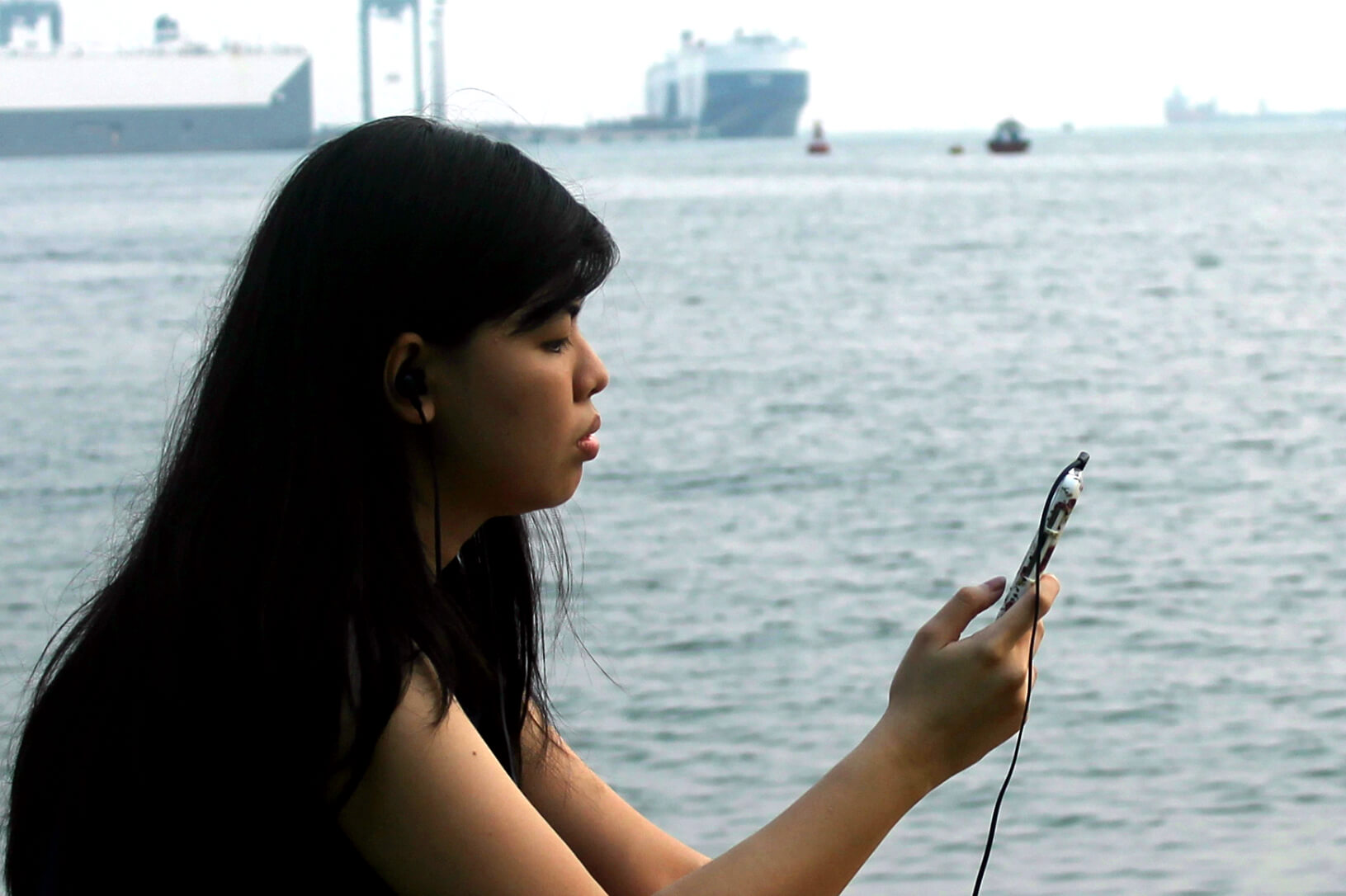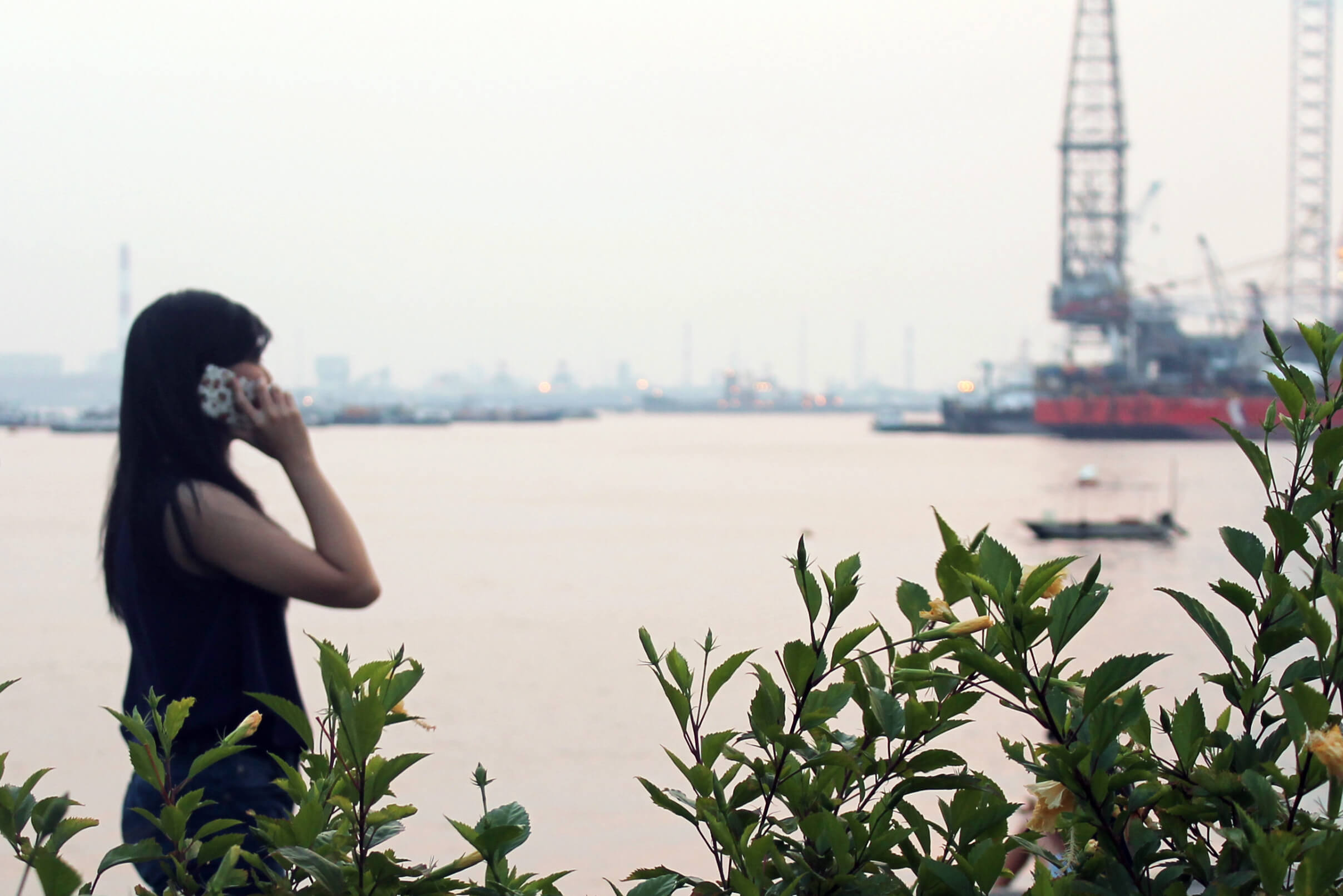The first key point that jumped out at me was the term, rapid cultural calibration. It was defined to not only put yourself in the local’s mindset but also to put the local phenomena into global perspectives, both implicitly and explicitly. There are many ways to carry out rapid cultural calibration and it doesn’t necessarily have to be carried out for a long periods of time. It is also interesting how he states that the optimum time to observe a city is around the crack of dawn and the hours that follow since the start of the day tends to be more consistent and more regimented than a day’s end.
This is interesting as I personally did undergo observations for a project, both during the earlier hours and during the much later hours of a day. I did notice that at a day’s start, it was indeed much more consistent such as usual vendors busily setting up their stalls before customers come, to the elderly doing their morning exercise like “tai chi”, to the gradual increase of people from all age groups rushing to work or school as time passes.
I agree that everything in a particular environment, no matter now big or small is crucial in piecing the big picture together. Also, it is not just what we see visually that we have to take in but also to be immersed with our other senses – smell, sounds, touch, tastes. I also note how it is important to strike a balance so that one is not overstimulated. He also stated there has to be a need to find the right balance between the formal and informal data collection, and having the right mental and physical space to process it, to set apart good design research and a great design research. Personally, I find that finding the balance is difficult and it might be helpful to take a step back to first figure out and truly understanding about oneself before embarking on the research journey.
Question 1: To understand the people with disabilities, instead of just observing them or interviewing, would it be more helpful to literally role-play living like them in their environment?
Question 2: In the case if the locals have been living the wrong way and we decide to design something that guides them towards the right or better way, but they are adamant to change. Is this still counted as bad design and not understanding the consumers if it is to change something for the better when they do not want to but need to?


